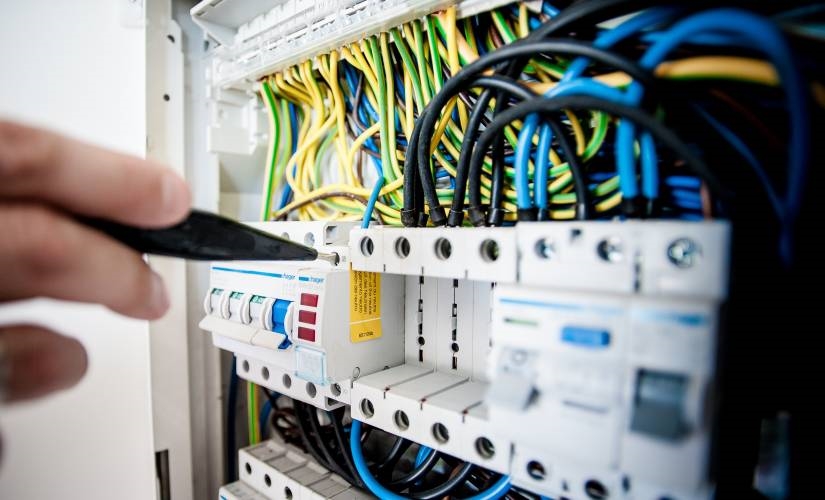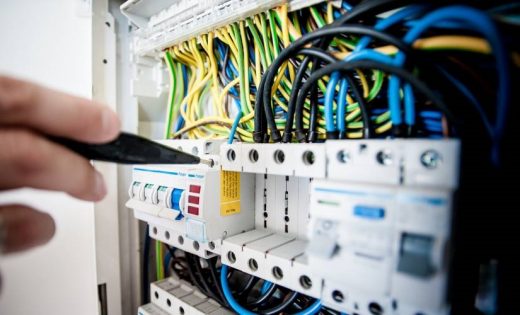5G and Blockchain: What to Expect
5G and Blockchain: What to Expect

5G and blockchain are two potentially disruptive technologies that could shape the future of technology and telecommunications. The 5G rollout has already begun in select cities in the U.S. Global coverage is expected to follow in 2020 with the technology becoming ubiquitous in the following years. With 5G and blockchain, here’s what to expect.
In conjunction with Internet of Things devices, 5G and blockchain can add an enormous amount of value to the society. Let’s consider the advantages of these technologies and the possibilities they present as well as the challenges that they’ll have to overcome.
Internet of Things — with 5G and Blockchain
Analysts have noted the potential of the Internet of Things for a couple of years. However, two significant bottlenecks have impeded its success: security and capacity. With the introduction of 5G networks, though, IoT devices have the potential to become much more widely used.
The IoT requires a high-speed, low-latency network.
Latency refers to the time interval between the instant when a signal is sent and when it is received. Such low latency is essential for devices to communicate without experiencing significant lag.
This reduction in latency is also critical to unlocking another concept called the Internet of Skills (IoS). The idea here is that specialists can work remotely using virtual reality headsets. For such a concept to be fully realized, a low latency network is essential.
5G (fifth generation) networks can transmit data at much higher speeds and lower latency than 4G networks. Thus, the Internet of Things can achieve its full potential, and applications such as IoS could be unlocked.
Other benefits of 5G include energy savings, cost reduction, and higher capacity.
These make it possible for even the tiniest IoT devices to get connected to the ecosystem cost-effectively. 5G networks will allow for the interconnection of a lot more devices simultaneously. It is estimated that there could be up to 100 billion IoT connections by 2025. The rise of 5G networks will undoubtedly play a major role in the growth of the industry in the coming years.
While 5G has the potential to resolve one of the major bottlenecks that have hindered the rise of IoT, other problems remain. Malicious devices could create problems within the networks. The increase in the volume of payments and transactions between the numerous interconnected devices could pose a challenge for the current financial infrastructure.
Financial infrastructure is where blockchain comes in. As these IoT devices become more widespread, they can take advantage of the security, decentralization, and immutability of blockchains.
Decentralized blockchains can be used as an underlying protocol layer with reliablly security for settling transactions and smart contract conditions between IoT devices. Decentralized blockchains also allow for the identity of IoT devices to be safeguarded and guaranteed. Presently, these devices are identified via cloud servers which store their identification data in databases.
Such data could be stolen or compromised. Just like VPN software can help protect the identity of individuals online, with decentralized blockchains, secure hashing algorithms, and asymmetric cryptography can be used to guarantee and protect the identities of those devices.
The scalability of blockchain is a major bottleneck that will have to be overcome before it can be applied to the IoT.
Digital Ledger Technology must be able to handle a very high number of transactions every second. Currently, though, this is not the case. It is possible, though, to defer most of the necessary transactions to a second-layer blockchain that runs atop the main ones such as the Lighting Network on BTC or LTC.
However, since all devices must have individual addresses and on-chain transactions, scalability needs to improve on both layers. Blockchains can benefit from the massive increases in bandwidth and range as well as the reductions in latency that 5G networks provide. These network improvements could lead to many more additional nodes joining public blockchains.
The increases in network participation that would result from increased connectivity on devices such as mobile phones and tablets will lead to better security and decentralization. Blockchain functionality can also be improved by the adoption of 5G in several ways. For example, smart contracts currently rely on oracles, which transmit external data to the contracts.
Such information can only be relayed with internet access. 5G networks can facilitate the use of these oracles in remote areas.
Also, devices that are connected to the internet can prove to be a more reliable and trustworthy source of the necessary off-chain data than the oracles. When IoT becomes a lot more widespread than it currently is, blockchain will be able to amass more data from 5G-powered IoT devices.
These 5G empowered IoT devices are going to generate a massive increase in data transfer. Though blockchains are distributed data storage systems, such massive amounts of data cannot be stored on-chain. If they are not stored on-chain, they’re left open to attacks.
A possible workaround involves storing hashes of data on-chain with links that point to external storage sites.
Other decentralized protocols such as OrbitDB or the InterPlanetary File System could be used for the external storage. External storage will result in stronger security than other centralized alternatives. Additionally, if the data is tampered with, the hash tag will change, thus drawing attention to the breach.
This multifold combination of 5G, blockchain, and IoT will facilitate the rise of smart homes, driverless vehicles, and smart cities. Within the coming decade, several traditional industries including mining, agriculture, and drilling, will likely see automation through an IoT network of billions of smart devices and sensors communicating over a high-speed 5G network.
Conclusion
Once the 5G rollout is complete, and the network becomes ubiquitous, the IoT industry will experience major growth as smart devices become ever more widespread. However, the bottleneck of scalability will have to be overcome. When it is, we can expect to see a major revolution in the way we live and work.
The post 5G and Blockchain: What to Expect appeared first on ReadWrite.
(29)


